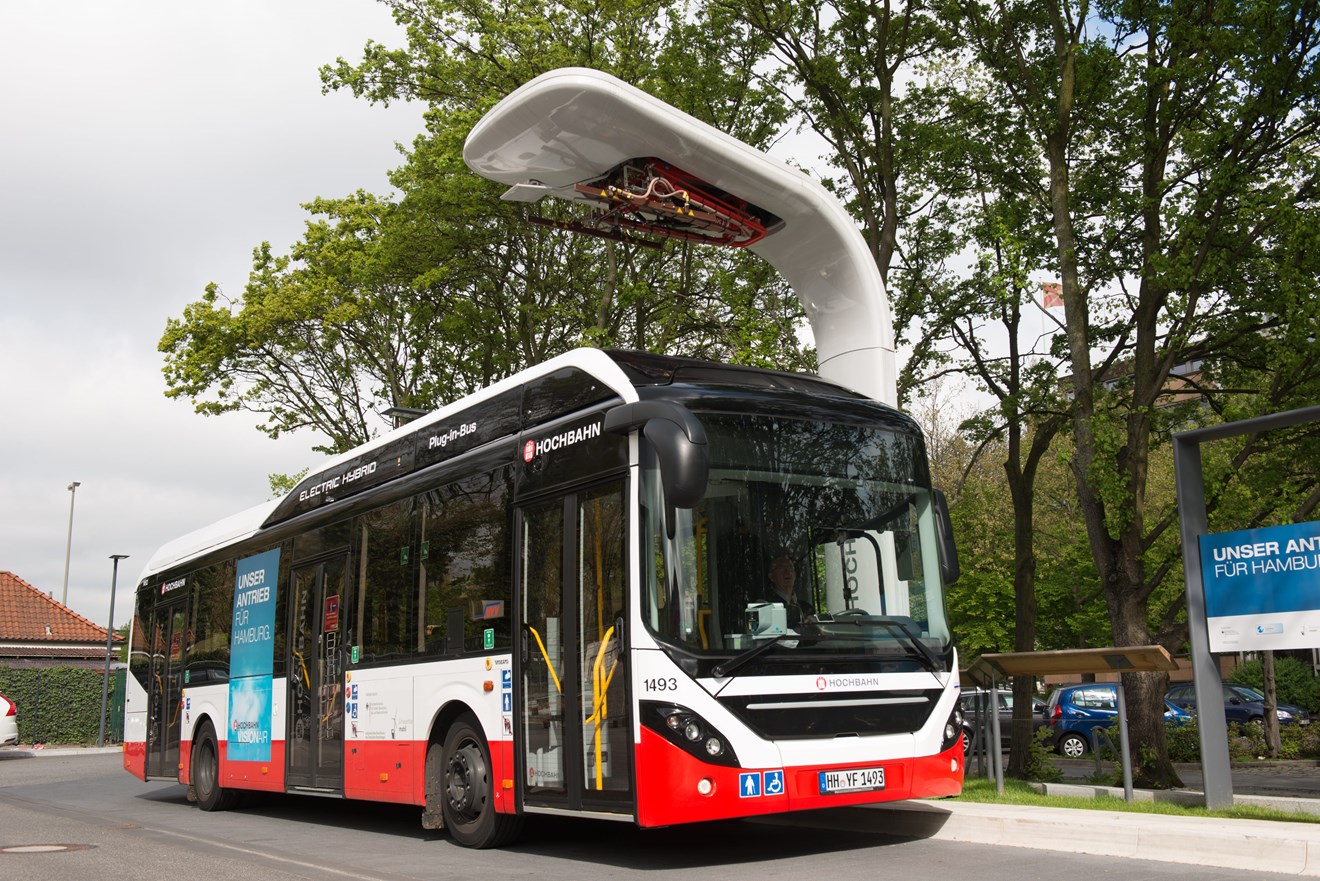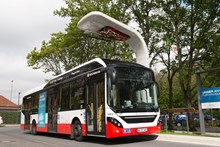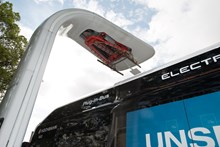There are approximately 425,000 electric buses in operation worldwide*. While 99 per cent are in China, where a national mandate promotes all different kinds of electric vehicles, 2,220 electric buses are in use across Europe. London’s electric bus fleet of over 200 electric buses is the largest in Europe. Transport for London plans to add a further 78 electric double-deck buses as part of its ambition to have all electric buses in the city by 2037**. The effect of electrification will reduce bus NOx emissions by an average of 90% in the capital by October 2020.
“The challenges facing Europe to develop sustainable clean transport options are slightly different to China’s, where there has been rapid investment in the development of e-buses. National and regional subsidies have limited the impact of the upfront costs for transport infrastructure while the country’s growing concern over its own pollution emergency have accelerated efforts,” said Bernard Magee, sales director Future Grid Siemens. “In the UK and Europe there is a greater emphasis on deploying new technologies and solutions that integrate with existing infrastructures, creating difficulties associated with charging practicalities, grid demands and financial challenges.”
Slow or overnight charging at UK depots is the predominant form used to replenish e-buses at the moment. Moving forward particularly in cities with long routes fast-charging high-power choices such as pantographs, retractable apparatus mounted more commonly at some point along the bus route will present a form of opportunity charging for e-bus vehicles. At present pantograph charging is more commonplace in mainland Europe and north America. Pantographs are particularly useful for ‘flash’ charging on bus routes where the ebus is stationary for a limited amount of time. This also has the effect of shifting some of the power demand for charging away from the depot. For the expected rapid increase in bus electrification it will take a mix of charging solutions for different scenarios to meet all kinds of demands.
Depots have the option to use either low power AC or high-power DC to provide energy to the ebus. Standard plug in dispensers can be used in both cases. AC charging will take considerably longer and this may be ok where the ebus is parked at the depot for a considerable amount of time. However, the ebus is an expensive asset which should be doing what its designed for and that’s transporting passengers. High-power DC charging is becoming more common in the UK and has been widely implemented in other countries for some time. Bus manufacturers favour this approach as it reduces the amount of technology on the bus resulting in more space for passengers. Space utilisation, is at a premium in most city depots, and operators will rely more and more on charging innovations to maximise the efficiency of depot parking arrangements and bus schedules. And once ratified, the standardisation of the European ISO 15118 vehicle to grid communication interface for bi-directional charging/discharging of electric vehicles will ensure interoperability between different vehicles and charger types across the industry.
With electric buses requiring large amounts of electrical energy bus operators are becoming critical power users and doubts have been expressed over the grid’s ability to meet the full electrification demands for public transport. Supplying an electric fleet of buses with energy creates significant pressures on the grid, particularly during periods of high demand. However, there are solutions and smart charging management software can shift charging loads to specific times, limiting stresses on the grid. Energy storage systems can also draw power from the grid for later use or if the grid became inaccessible off-grid green energy supplies can be employed. “Rising to this type of combined transport and power challenge requires extensive power grid & transport capabilities. Providing e-bus operators with a fully managed grid to vehicle charging service demonstrates both resilience and confidence which is critical”, Magee said.
On bus depot projects that are managing energy more effectively, Magee said: “We are currently engaged with Dutch bus manufacturer VDL at its Charging Test Centre where we have installed the latest generation of fast-charging stations and a battery storage system. There is a vehicle-to-grid function in one of the charging stations to allow bidirectional charging - this means power can be drawn from both the grid and the storage system and energy can be fed back into these systems, a switching matrix combines the capacity of the charging stations and an energy management application controls the flow of energy. This collaboration – a mini-grid ecosystem - showcases how vehicle technologies, energy storage and charging systems work as one and are already providing important insights for the electrification of the transport sector.”
The demand for electric buses has also seen a surge in innovative financial collaborations between energy companies, operators, manufacturers, and cities and municipalities to help minimise risks and spread costs along the supply chain. Today Siemens is working with public and private fleet managers to build depots, capable of delivering megawatts of electricity, that are both scalable and can be financed with no upfront capital outlay - with the savings made from using less energy repaying the investment.
Commenting on the aspirations for sustainable clean transport in the UK, Darren Shirley, Chief Executive of Campaign for Better Transport, said: "There is a pressing need to accelerate the move away from diesel to zero-emission buses, in order to meet carbon emissions and air pollution targets. The Government should put in place deadlines for all new buses to be electric or hydrogen-powered by 2025, and all buses on the road to be zero-emission by 2035. This means we need to rapidly deploy zero emission technology and tackle any barriers to uptake. This can be supported through the Government introducing a 'fleet and depot transition fund' to get infrastructure in place, and a 'bus manufacturing fund' to help the UK bus industry scale up to build more zero-emission buses. With this support in place, all bus operators can and must make cleaning up their fleets a priority***."
* https://about.bnef.com/electric-vehicle-outlook/#toc-viewreport
**https://www.london.gov.uk/press-releases/mayoral/london-has-europes-largest-electric-bus-fleet
*** Report on 'The Future of the Bus' as part of the National Bus Strategy: https://bettertransport.org.uk/sites/default/files/research-files/the-future-of-the-bus.pdf



